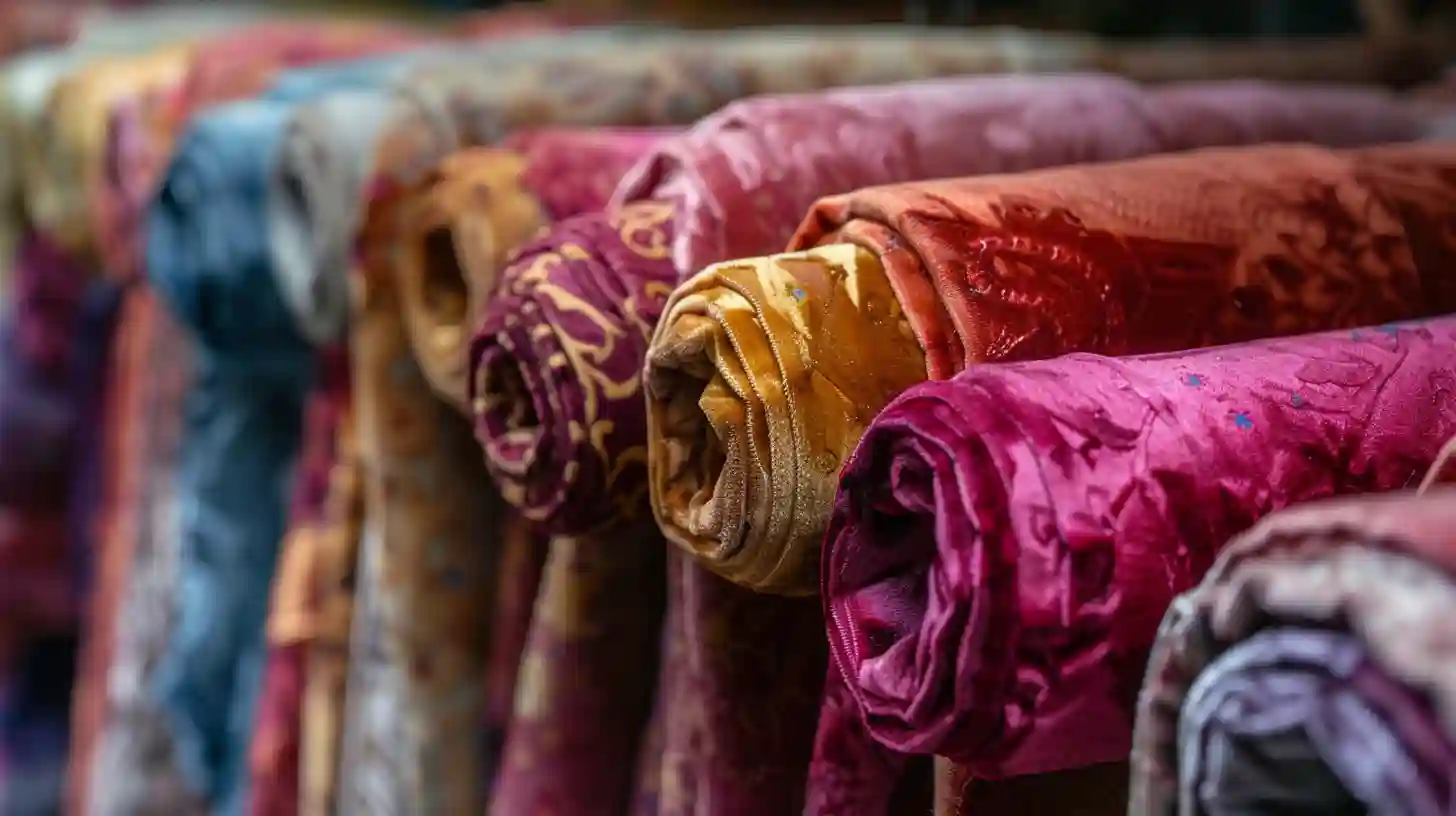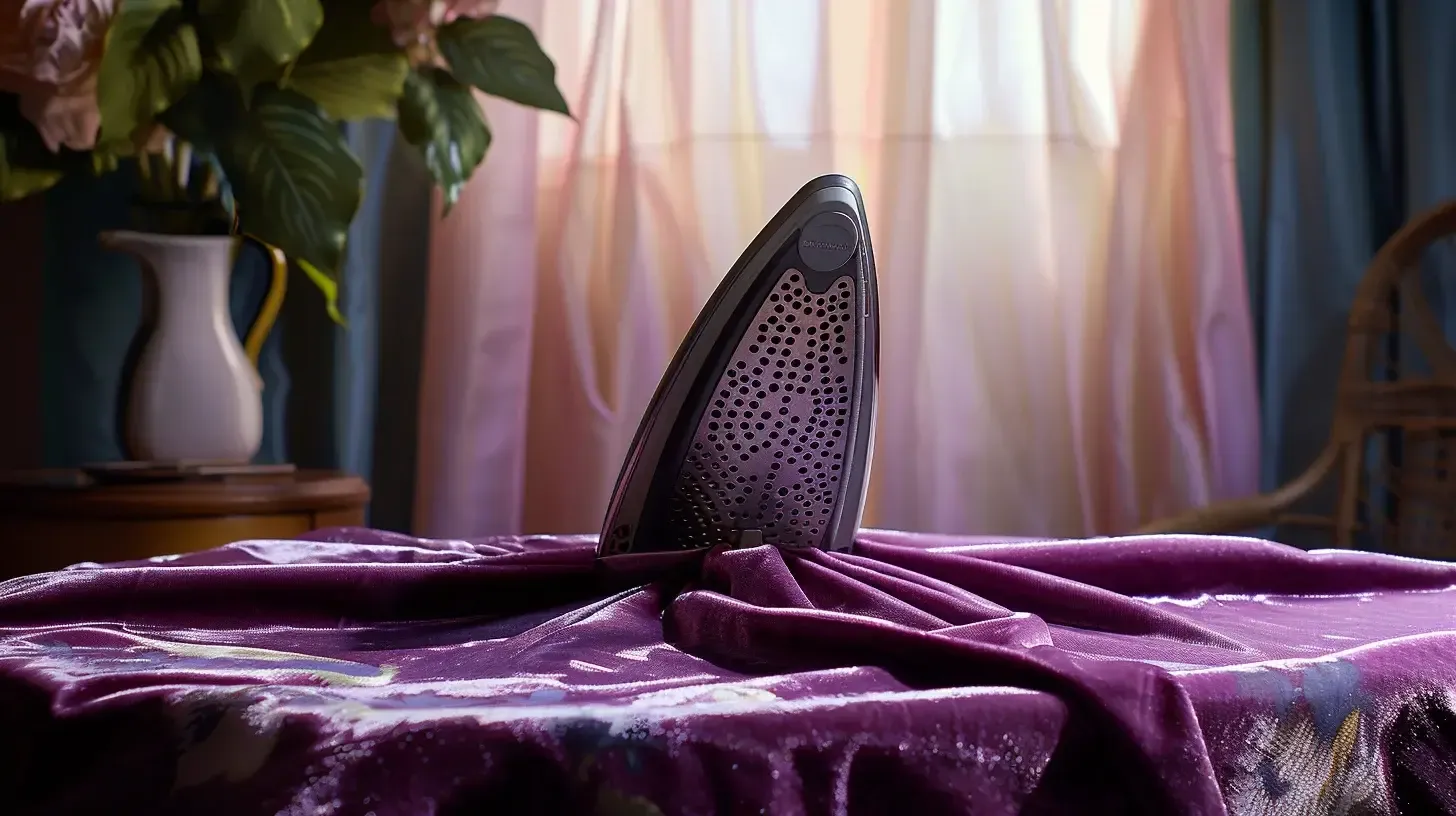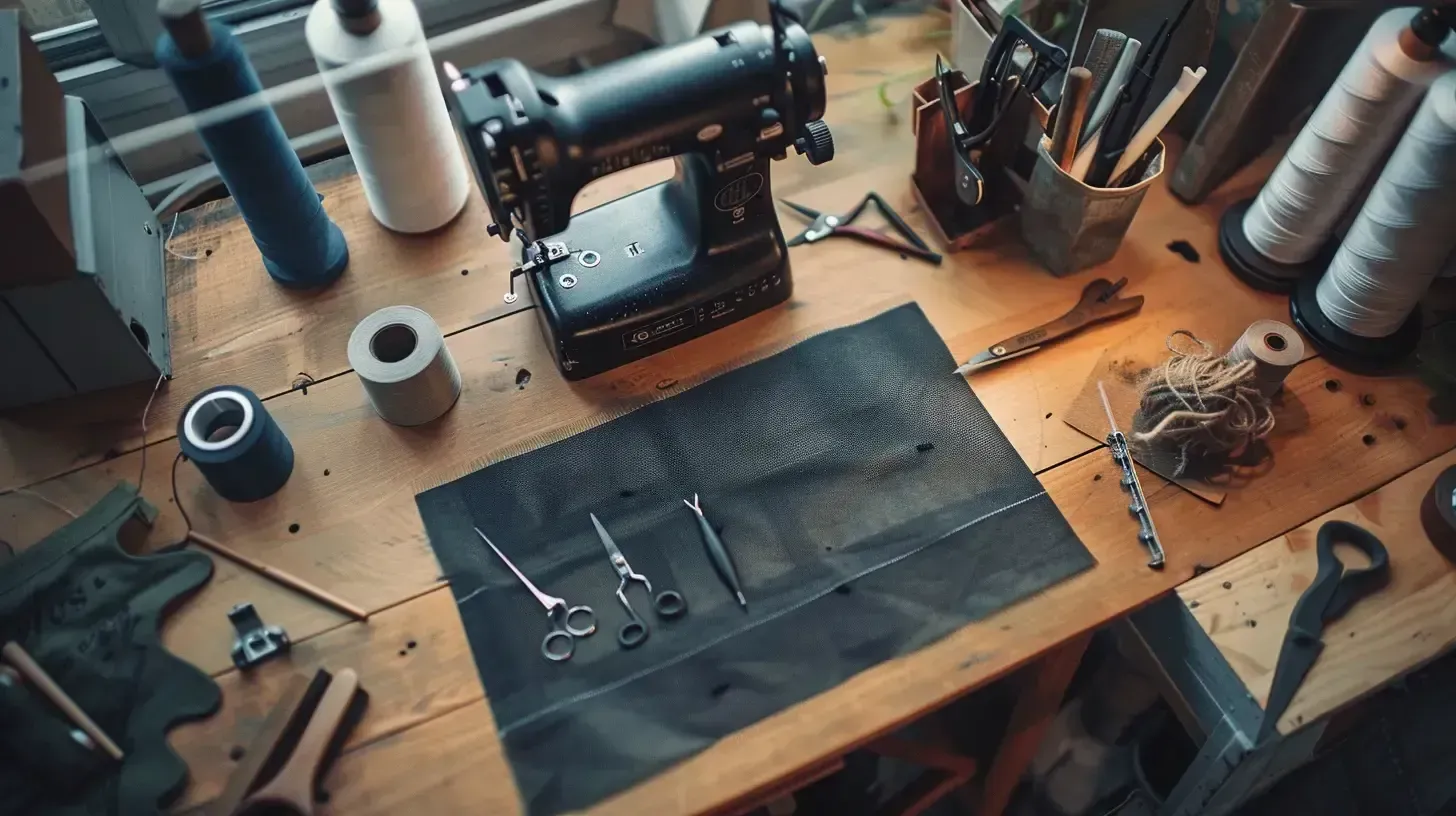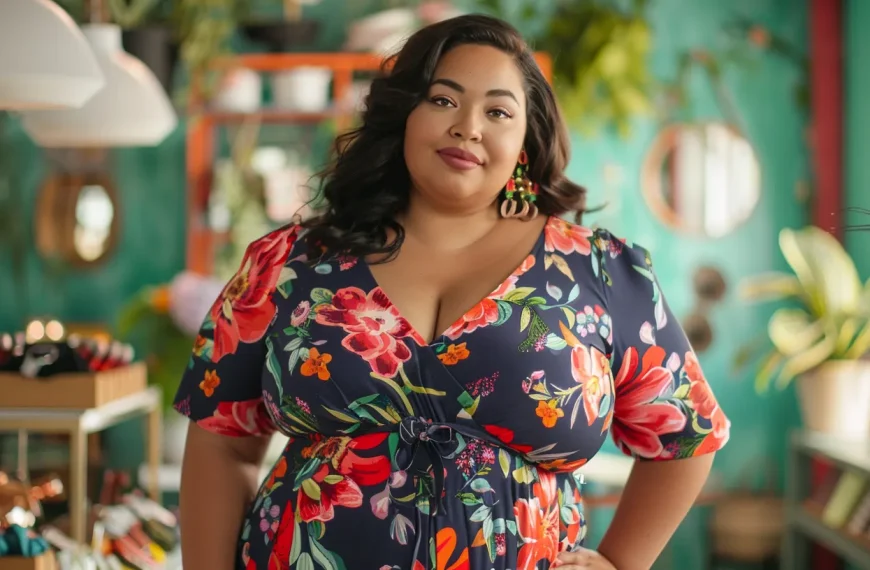Have you ever paused to consider the origin of that luxurious velvet fabric you’re so fond of? You’re not alone if you haven’t.
It’s a process that seamlessly blends old-world craftsmanship with the power of modern machinery. Velvet is made by weaving two pieces of cloth together and then cutting them apart, resulting in a soft and plush texture.
Intrigued? Stick around as we unravel the finer details of this fascinating process.
Key Takeaways
Velvet fabric is made by weaving two layers together on a special loom and then cutting them apart to create a plush and soft texture.
The material used, such as silk, rayon, or synthetic fibers, influences the unique feel of the velvet.
This fabric can be enhanced with spandex to produce stretch velvet, which offers flexibility and comfort.
Velvet undergoes specific dyeing and finishing processes, such as steam-pressing or embossing, to enhance its luxurious appeal.
What is Velvet Fabric?
Velvet fabric is characterized by its plush, soft texture. It is a pile of fabric where threads project outwards from a foundational cloth. This luxurious texture is the result of a specialized process. Two thicknesses of fabric are woven together on a special loom and then cut apart, forming the pile. You can use different materials like silk, rayon, or synthetic fibers to create different textures in the fabric.
The pile can be cut up or down to create different effects and textures. So velvet is versatile for use in clothing, upholstery, and home decor. Velvet is often linked to nobility and has been a popular choice for royal clothing due to its luxurious texture. Modern velvet is less expensive than before, due to the development of technology.
Origin of Velvet
Velvet, a luxurious fabric, originated in East Asia and is first recorded in history in the 14th century. Initially, velvet was woven from pure silk, contributing to its luxurious feel. Its production involved weaving two single cloth structures face to face, with the pile ends interlacing on a special loom. This complex process was carefully executed to achieve the fabric’s signature texture.
Over time, this elegant fabric spread from East Asia to the Middle East before making its way to Europe. Each region embraced the fabric, adding to its rich history and widespread popularity. Today, despite changes in materials and production methods, velvet’s origin remains rooted in East Asia’s silk weaving tradition.
How Velvet Fabric is Made?
Velvet is woven on a special loom that constructs two layers of fabric connected by extra warp yarn. The fabric is neatly separated using a precision knife. Then it creates the luxurious velvet texture you’re familiar with.
Depending on the materials used, whether silk, cotton, or synthetic fibers, the resulting textures can vary greatly. The pile can be cut in different directions, further diversifying the tactile experience. The complexity of the weave and the variety of materials involved contribute to the relatively high production cost of velvet.
It’s a labor-intensive process. But the result is a fabric that’s been associated with nobility and luxury for centuries.
Different Types of Velvet Fabric
You’ve learned about the intricate process of creating velvet. Now, let’s turn our focus to a variety of velvet fabric. Each type is made with a unique twist in the production process, which gives it a distinctive appearance and texture.
1. Crushed Velvet
Crushed velvet is a luxurious fabric that has a unique and shiny appearance. This can be accomplished by manipulating the pile of the fabric. This lustrous texture results from a process of twisting the fabric. By pressing or twisting the velvet when it’s wet, a crushed, patterned effect is created on the surface. This technique enhances the visual appeal of the fabric, adding depth and richness to its look.
It’s this unique texture that makes crushed velvet a popular choice in both fashion and home decor. Its varied surface reflects light in a distinct way, contributing to the luxurious impression.
2. Panne Velvet
While crushed velvet offers a textured appearance, panne velvet takes a different approach. Panne velvet presents a smooth and glossy surface due to its flattened pile that’s pressed in one direction during production.
The term ‘panne’ comes from the Latin word for hair or fur. It refers to the plush and luxurious appearance of this type of velvet. The compressed stack gives panne velvet a unique texture and luxurious luster. So it stands out among other velvet fabrics.
It’s often used in crafting elegant clothing and luxurious home decor due to its soft, sophisticated appeal. Panne velvet adds a luxurious and high-end touch to items like evening gowns and throw pillows.
3. Embossed Velvet
Let’s explore embossed velvet, a luxurious variant where intricate patterns are stamped onto the fabric with a metal roller during manufacturing. This technique enhances the velvet by adding raised designs. So it adds a rich texture and visual intrigue.
It’s the metal roller that’s key to this process. By switching out rollers, various patterns can be achieved. It becomes a highly customizable fabric. The result of this embossing technique is a velvet of decorative appearance, exuding luxury and elegance.
Embossed velvet is a popular choice for clothing, upholstery, and home decor. It is favored by those who want to add an opulent touch to their designs. With its striking patterns and texture, it’s easy to see why.
4. Ciselé
Embossed velvet unveils its beauty through intricate patterns crafted by metal rollers. Ciselé velvet fabric exudes its enchanting allure through intricate designs created from cut looped threads. Ciselé velvet’s textured appearance adds a decorative element to any fabric or garment. It enhances its visual appeal. The process begins with the use of metal rollers, which are employed to stamp intricate patterns onto the velvet. The looped threads are then cut, giving the fabric its distinctive texture. The final fabric is luxurious and stands out, adding luxury to textiles and clothing.
5. Plain Velvet
If you want a fabric that feels and looks luxurious, plain velvet made of cotton is a great choice. This cotton velvet is loved for its sturdy texture and its short pile height, usually less than 0.5 centimeters, which gives it a special surface.
Plain velvet is often made from cotton. But it can also be crafted from other fibers, including silk, rayon, and polyester. Its versatility makes it a popular choice for various applications, from clothing to upholstery.
Velvet looks luxurious and smooth, making it great for stylish and high-quality designs. You’ll find plain velvet’s adaptability and lavish aesthetic hard to match.
6. Stretch Velvet
Stretch velvet is a type of velvet fabric that combines the luxury of velvet with the added benefit of flexibility. It contains spandex or elastane, making it versatile and comfortable to wear. The spandex in the fabric allows it to stretch. It provides a form-fitting option for clothing like dresses and tops.
It’s also ideal for leggings where flexibility is key. Stretch velvet is particularly popular in dance costumes and activewear. It greatly enhances the level of comfort and mobility for performers. This is due to the fabric’s ability to stretch in one or two directions without losing its luxurious velvet texture.
Stretch velvet is a versatile fabric that combines the luxurious look of velvet with the practicality of spandex or elastane. It is a great choice for different fashion items.
7. Pile-on-pile Velvet
Have you ever marveled at the rich texture of pile-on-pile velvet? This luxurious fabric is created by layering different piles of fabric atop one another. So it has a unique texture.
The different pile heights add depth and dimension to the velvet. So it becomes a premium choice for upscale fashion. By manipulating these pile heights, designers can create intricate patterns and visuals that elevate their garments or upholstery.
Each layer contributes to the overall richness and elegance of the final product. Next time you admire velvet fabric, remember the technical skill needed to create its depth and dimension. It’s not just fabric; it’s an art form.
Conclusion
So, you see, the creation of velvet isn’t just a process, it’s a journey. From the careful weaving of two cloth structures, to the skilled cutting and separating, and the elaborate finishing touches. Every step is vital in crafting this fabric of luxury.
Whether it’s clothing or decor, velvet’s rich texture and deep hues never fail to captivate. Now the majority of velvet fabric is commonly used in home decor, especially curtains. Next time you touch velvet, remember the intricate artistry that brought it from loom to luxury.
Learn more about fabric knowledge from Longan Craft Blog, dive into the fabric world with Longancraft!






